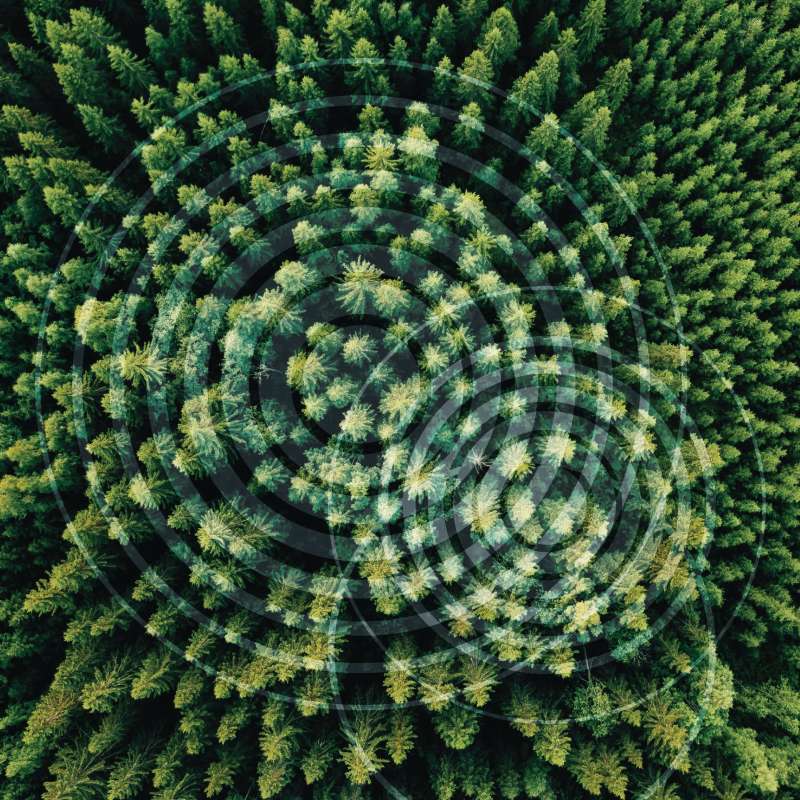Lennart Noordermeer
Forsker
(+47) 415 51 413
lennart.noordermeer@nibio.no
Sted
Ås - Bygg H8
Besøksadresse
Høgskoleveien 8, 1433 Ås
Forfattere
Lennart Noordermeer Terje Gobakken Johannes Breidenbach Rune Eriksen Erik Næsset Hans Ole Ørka Ole Martin BollandsåsSammendrag
Det er ikke registrert sammendrag
Forfattere
Jaime Candelas Bielza Lennart Noordermeer Erik Næsset Terje Gobakken Johannes Breidenbach Hans Ole ØrkaSammendrag
Det er ikke registrert sammendrag
Sammendrag
Butt rot is a main defect in Norway spruce (Picea abies (L.) Karst.) trees and causes large economic losses for forest owners. However, little empirical research has been done on the effects of butt rot on harvested roundwood and the magnitude of the resulting economic losses. The main objective of this study was to characterize the direct economic losses caused by butt rot in Norway spruce trees for Norwegian forest owners. We used data obtained from seven cut-to-length harvesters, comprising ∼400,000 trees (∼140,000 m3) with corresponding stem profiles and wood grade information. We quantified the economic losses due to butt rot using bucking simulations, for which in a first case, defects caused by butt rot were included, and in a second case, all trees were assumed to be free of butt rot. 16% of trees were affected by butt rot, whereby butt rot tended to occur in larger trees. When butt rot was present in a tree, the saw log volume was reduced by 48%. Proportions of roundwood volume affected by butt rot varied considerably across harvested stands. Our results suggest that butt rot causes economic losses upwards of 7% of wood revenues, corresponding to € 18.5 million annually in Norway.

